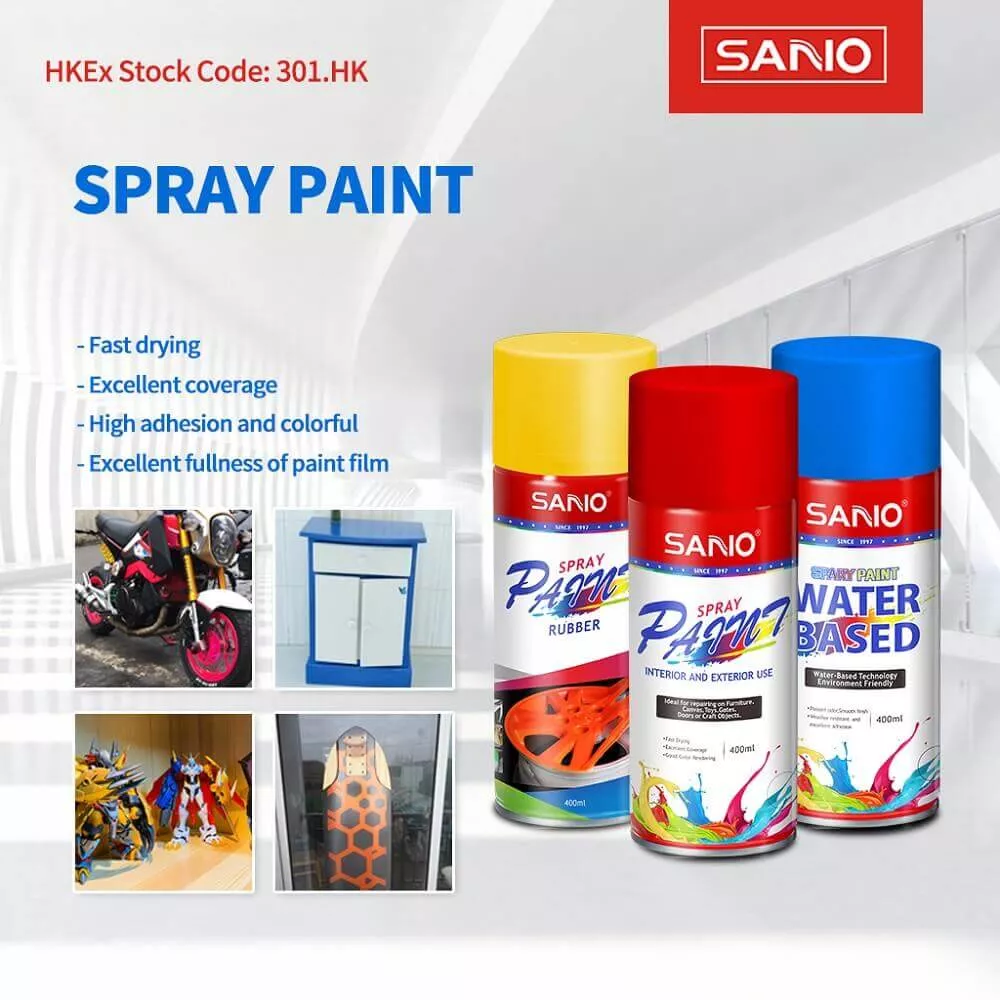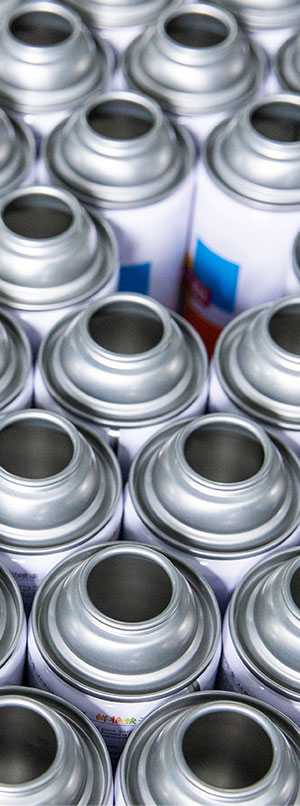Understanding the Causes of Spray Paint Wrinkling
Ever experienced spray paint wrinkling on your project? It can be frustrating, but understanding the causes and learning how to prevent and fix it can help. In this article, we will explore the reasons behind spray paint wrinkling and provide you with some useful tips.

How to Prevent Wrinkling in Spray Paint
One of the main causes of spray paint wrinkling is applying too much paint in one coat. When the paint is applied too thick, the solvents in it evaporate at a slower rate, resulting in wrinkling. To prevent this, apply thin and even coats, allowing each coat to dry before applying the next.
Fixing Wrinkled Spray Paint Surfaces
Another common cause of spray paint wrinkling is improper surface preparation. If the surface is not clean, dry, and free of any contaminants, the paint may not adhere properly, leading to wrinkling. Make sure to clean and prepare the surface thoroughly before applying spray paint.
High humidity and low temperatures can also contribute to spray paint wrinkling. These conditions affect the drying process and can cause the paint to wrinkle as it dries. Choose a suitable day for spray painting and follow the manufacturer’s instructions regarding temperature and humidity.
Spray paint is a popular choice for achieving a smooth and professional finish on various surfaces. However, one common issue encountered by many users is the wrinkling or crinkling of the paint after application. SANVO Company, a leading manufacturer of spray paint products, aims to shed light on the causes of this problem and provide potential solutions.
1. Incompatibility with Substrate:
One primary reason for spray paint wrinkling is the incompatibility between the paint and the surface being painted. Different materials have varying levels of porosity, which affects paint adhesion. If the paint is unable to bond with the surface properly, it can lead to wrinkling. SANVO suggests conducting a compatibility test or using a primer specifically designed for the substrate to ensure proper adhesion.
2. Incorrect Surface Preparation:
Prior to spray painting, proper surface preparation is crucial. Failure to clean and prepare the surface adequately may result in poor paint adhesion and, consequently, wrinkling. SANVO advises thoroughly cleaning the surface, removing any dirt, grease, or loose paint. Sanding the surface lightly to provide a better grip for the paint can also help prevent wrinkling.
3. Application Technique:
The way spray paint is applied can also contribute to wrinkling. Applying excessive paint in one coat or spraying too close to the surface can result in the paint drying too quickly, leading to wrinkling. SANVO recommends applying paint in thin, even coats, maintaining a distance of 8-12 inches from the surface. This allows for proper drying time and reduces the risk of wrinkling.
4. Environmental Factors:
Environmental conditions can significantly impact the performance of spray paint. High humidity levels, extreme temperatures, and inadequate ventilation can cause the paint to dry improperly, leading to wrinkling. SANVO suggests painting in a well-ventilated area with ideal temperature and humidity conditions to minimize the chances of wrinkling.
5. Quality of Spray Paint:
The quality of the spray paint itself can also play a role in wrinkling. Using old or expired paint, or low-quality products, can result in improper drying and wrinkling. SANVO recommends using high-quality spray paint from trusted manufacturers to ensure a smooth and durable finish.
In conclusion, preventing spray paint wrinkling involves applying thin coats, ensuring proper surface preparation, and considering the weather conditions. By following these tips, you can achieve a smooth and wrinkle-free finish on your spray-painted surfaces.
